Very often, mushroom pickers meet in the forest a lot of different mushrooms with a red hat. They look, as a rule, very attractive, but without knowing the name, it is better not to take such fruits, because among them there are many inedible or even poisonous. It is better to go on a quiet hunt with an experienced mushroom picker, who in practice will introduce you to a wide variety of mushrooms. If this is not possible, then you should carefully study the photo and description of edible and inedible mushrooms with such an appearance.
Content
Edible species of mushrooms with a red hat
In order to distinguish real from false mushrooms, you need to know not only their names, but also to study in detail the description and photos of each of them.
Edible species with a red hat include the following:
- The reddish butterdish has a flat cap with a tubercle in the center. A distinctive feature of it is the mucous membrane, which is quite simple to separate from the pulp. The leg is painted in orange with a yellow tint. The pulp turns red when damaged.
- Red boletus is characterized by a spherical and rather fleshy hat of red, brown-red or orange. The white leg is covered with flaky scales of a dark color. In the section, the flesh has a white color, and on the lower part of the leg - with a bluish tint. At the cut point, the flesh quickly turns blue, and then acquires a black color.
- Red flywheel (red boletus) has a rich red hat, which happens with a brown or raspberry tint. Young fruits are distinguished by a convex pillow-shaped hat, while in more mature ones it often straightens and has small cracks on the surface.
- Russula marsh is considered an excellent mushroom delicacy, which can be prepared in any way. He likes moist and damp areas, often grows in swamps. The fetal hat is colored saturated red, and the leg is white, sometimes with a pink tint.
- Cinnabar red chanterelles live in oak and deciduous forests. The color of the hat varies from pale red to deep red. The hat is small - in diameter up to 4 cm, has a funnel shape. The leg reaches a height of 2-5 cm.
Conditionally edible varieties
Edible are called those varieties that can be used in food only after pre-treatment. They are boiled, soaked, poured with boiling water (blanch) or dried. After performing one of these procedures, you can begin to prepare the main mushroom dish. Among the owners of red hats, the following semi-edible species are distinguished:
- The red breast is characterized by a reddish-brown color of the hat, the diameter of which reaches 20 cm. Most often, the surface of the fungus has a light brown color, but the breasts are also found with a rich orange and red color. The pulp of the fetus is quite brittle, white or with a red tint. The slice smells like boiled crabs or fish.
- The yellow-red row is characterized by a dull, fleshy hat of yellow-orange or yellow-red color. The diameter of the cap can reach 15 cm. On the surface are small scales of burgundy shade. The pulp is yellow in color, has a fresh taste and sour aroma.
- Brick-red honey agaric is considered a false open-air mushroom and refers to conditionally edible representatives of the mushroom world. The diameter of the meaty cap varies between 4-12 cm, and its color is red-brown, brick red or brown-yellow. The pulp is white with a yellow tint and has a bitter taste.The leg grows up to 10 cm and has a rather dense consistency. You can meet a mushroom in the summer and autumn on dead wood and stumps of deciduous trees.
Inedible and poisonous mushrooms with a red hat
Most often, inedible mushrooms are not used for cooking due to poor taste. These varieties may have a bitter or pungent taste and a very unpleasant odor. Poisonous species do not even recommend touching, because their spores also contain poison. During a quiet hunt, you should be extremely careful, because some edible mushrooms have false counterparts. It is worth familiarizing yourself with the dangerous forest inhabitants:
- Russula red can be found in coniferous forests in early autumn. The hat is small in size, the maximum diameter reaches 6 cm. The shape of the hat is flat-convex and painted in dark red. The damage site gives off a pleasant smell, and the raw flesh has a pungent taste.
- Russula Kele forms a small hat up to 8 cm in diameter. The mushroom is painted in dark colors: burgundy, purple or red. The leg of the fetus is red with a purple hue. The cut fruit has a pleasant aroma and a rather pungent taste.
- Pungent russula is often found in moist coniferous forests. The diameter of a red or pink-red hat can reach 10 cm. The caps of young mushrooms have a flat-convex shape, which, as it grows, becomes open. The taste and aroma of this mushroom is very unpleasant. This variety belongs to the most dangerous mushrooms, because the pulp contains muscarin poison, which even in small amounts can cause severe poisoning.
- The red fly agaric is covered with bright red skin, on which white flakes are densely located, like small warts. The pulp has a faint smell. Its color is white, and under the skin it is light yellow or with an orange tint. The cylindrical leg reaches a height of 20 cm, and in diameter - up to 2.5 cm.
Rules, collection points and precautions
The first thing that is important to pay attention to when hunting for edible mushrooms is the gathering place. A great option for harvesting would be a forest or mountains. The main condition is away from dusty roads and industrial areas.
If children are present during the hunt, then they should be strictly forbidden to touch and try berries and mushrooms. A suitable container for forest gifts is a wicker basket or a bag, in which the fruits will “breathe” fresh air.
Go mushrooms preferably in the early morning. The fruit body is advised not to be pulled out of the soil, it is better to cut it off or carefully unscrew it to cause minimal damage to the mycelium. With severe damage, the mycelium dies, which means that there will be no new mushrooms in this place. Before placing the fruiting body in the basket, it is carefully examined for worminess.
At home, the crop should be carefully inspected, washed, cleaned and processed properly. After boiling the fruit, water must be poured out, because it contains harmful or even poisonous substances.
Answers to Common Questions
Most inedible and health-hazardous fungi change color at the cut site, but the brightness of the fetus is not considered a sign of toxicity. Basically, the color of the fruiting body depends on the growing conditions, climate, lighting and soil.
This can be explained by the place of growth: in mixed forest areas, the hat has an orange or yellow-red color, in forests with the overwhelming majority of poplars - with a gray tint, and in pure aspen forests the surface will be dark red.
Among the owners of red hats can be found both edible and dangerous to the human body mushrooms. Before a quiet hunt, it is important to familiarize yourself not only with edible, but also with poisonous species. Indeed, if you know the “enemy in the face”, then you can safely bypass it.

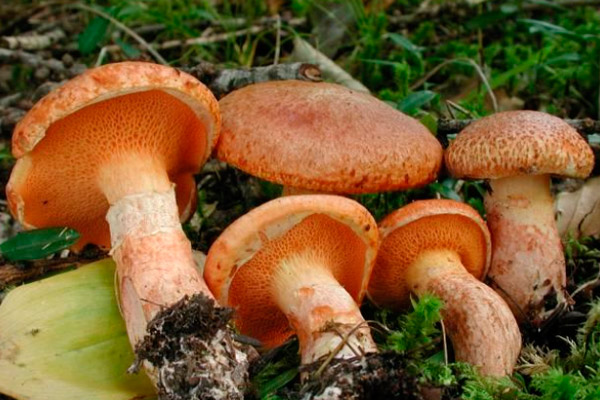
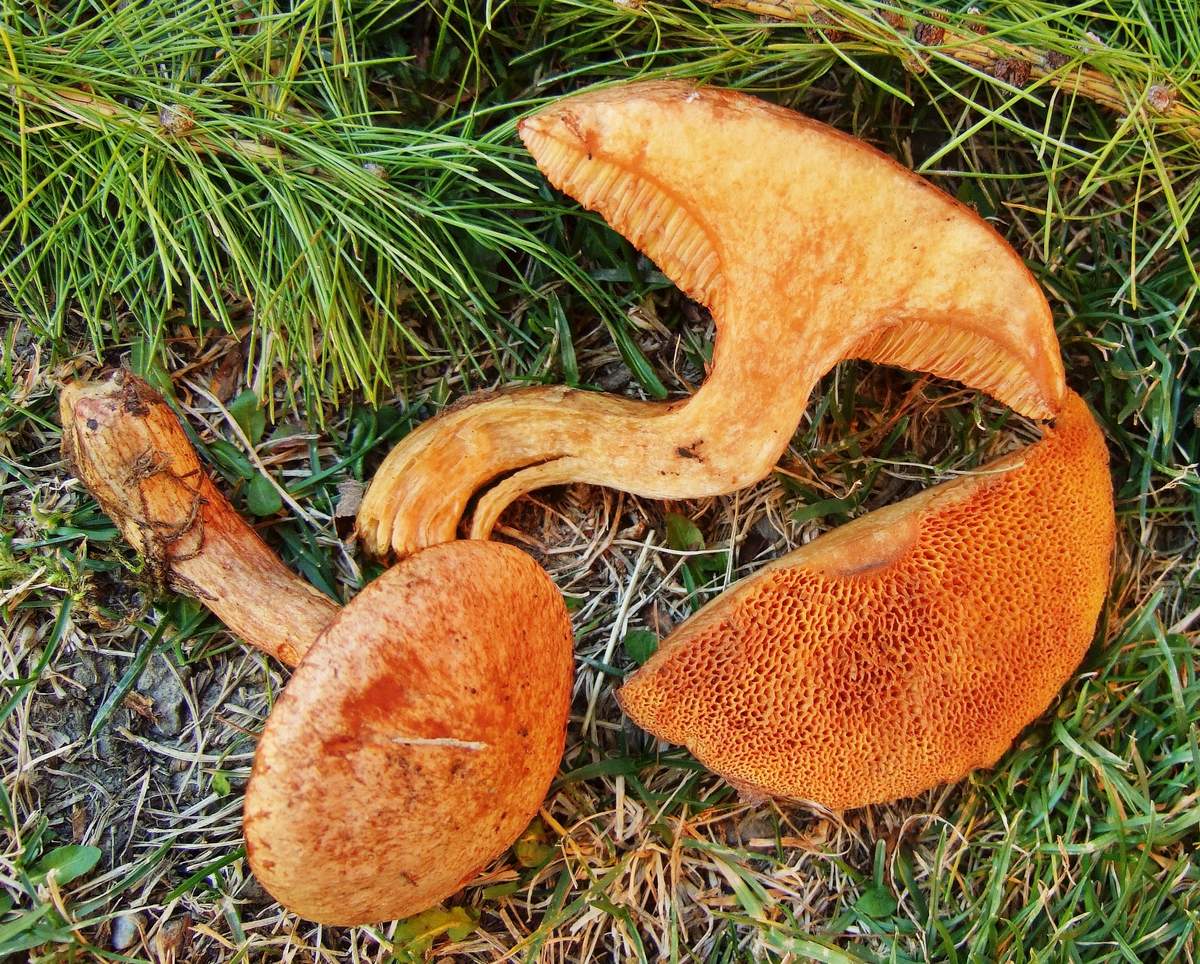

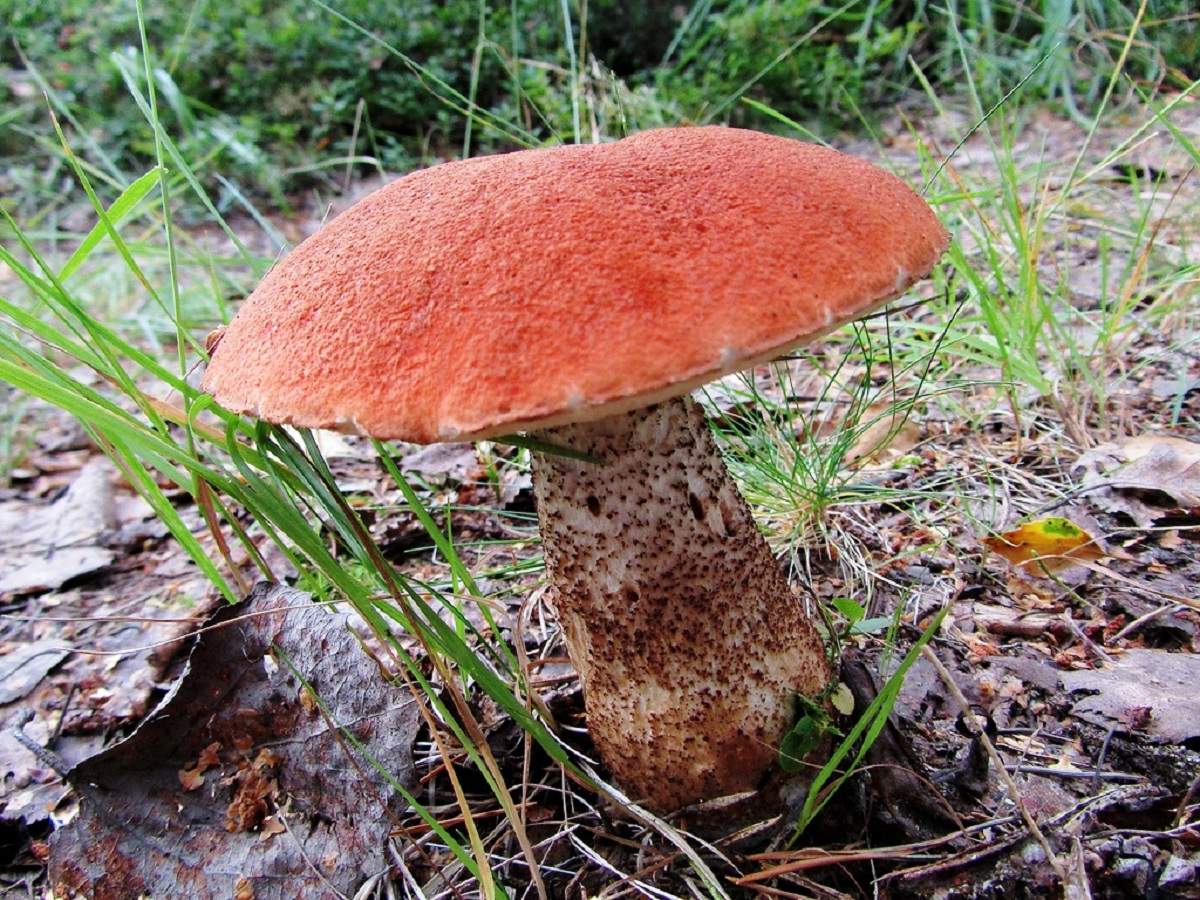
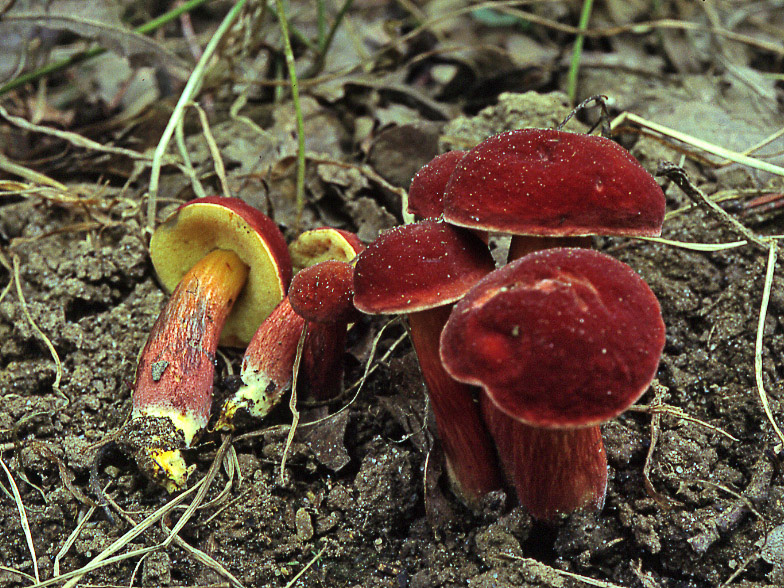
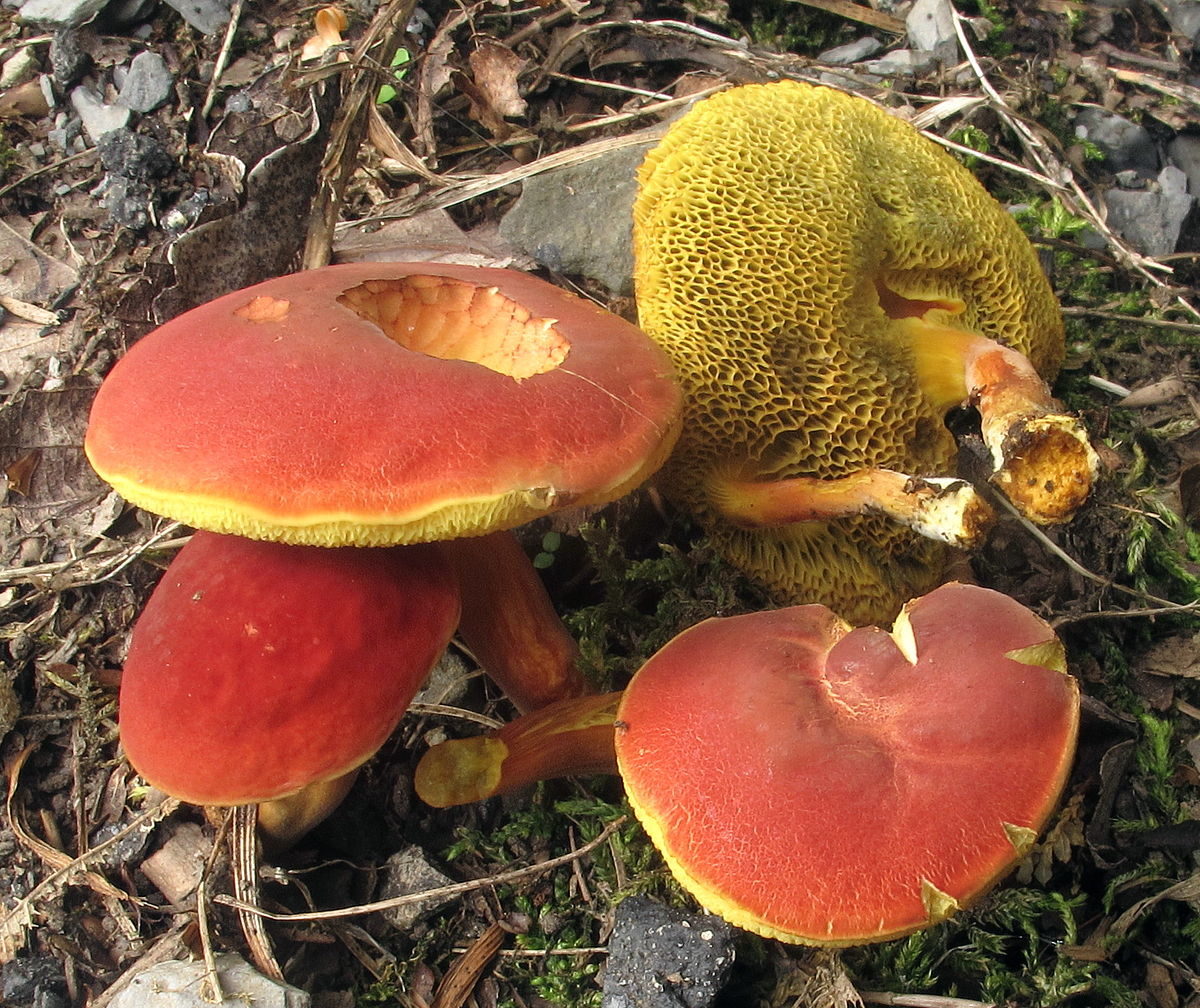
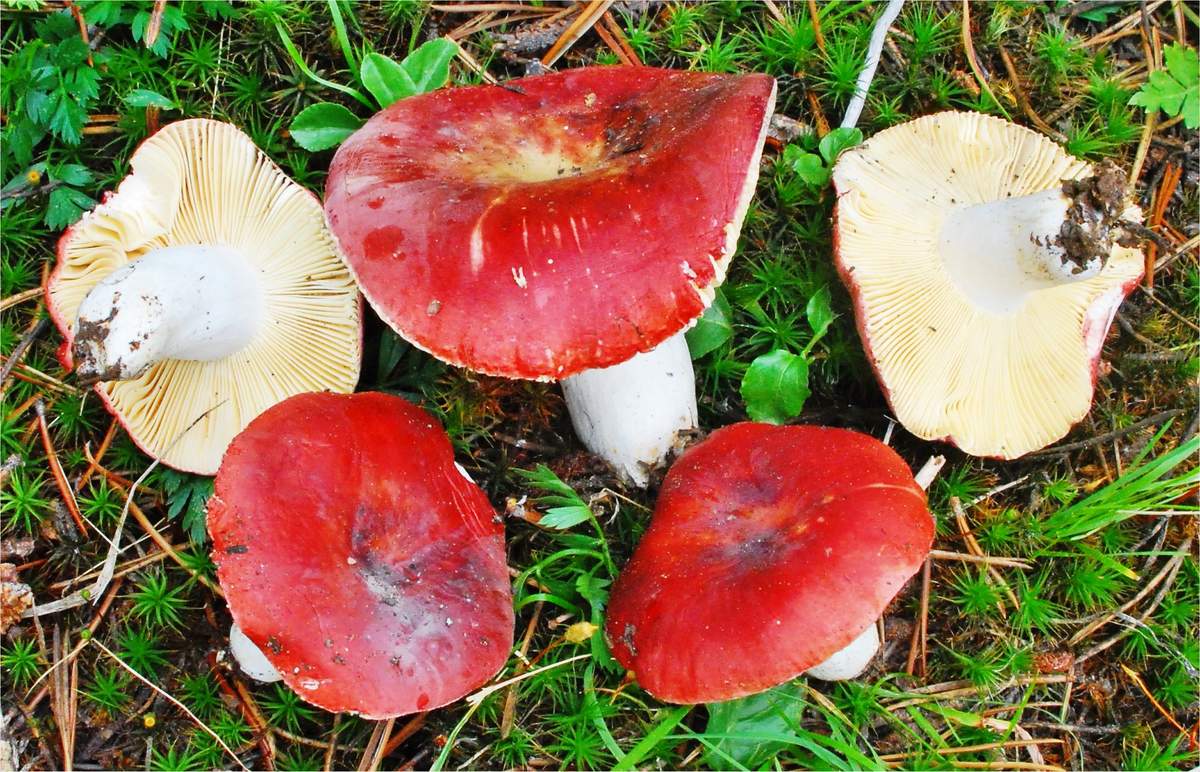
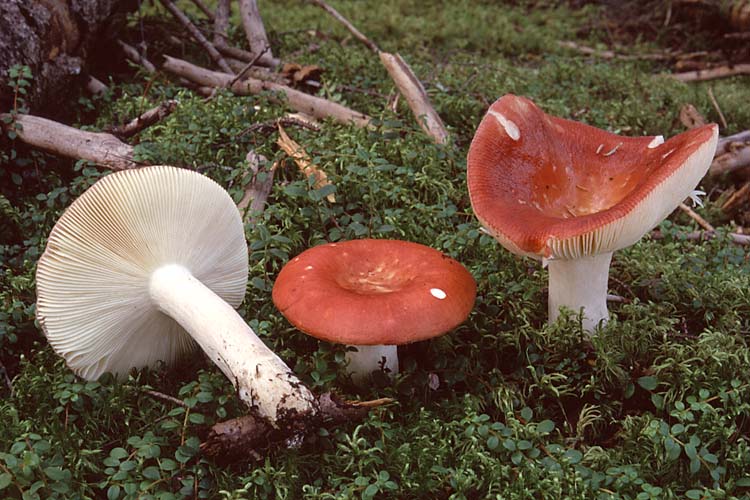
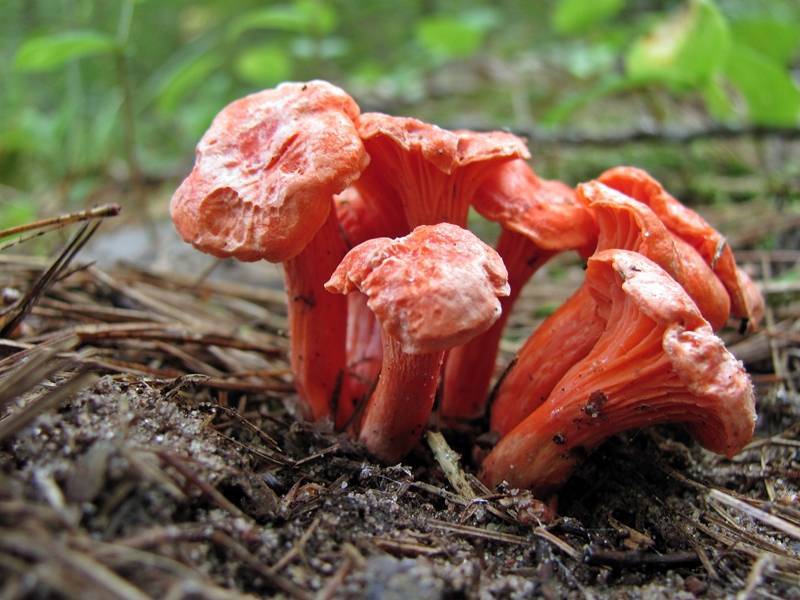
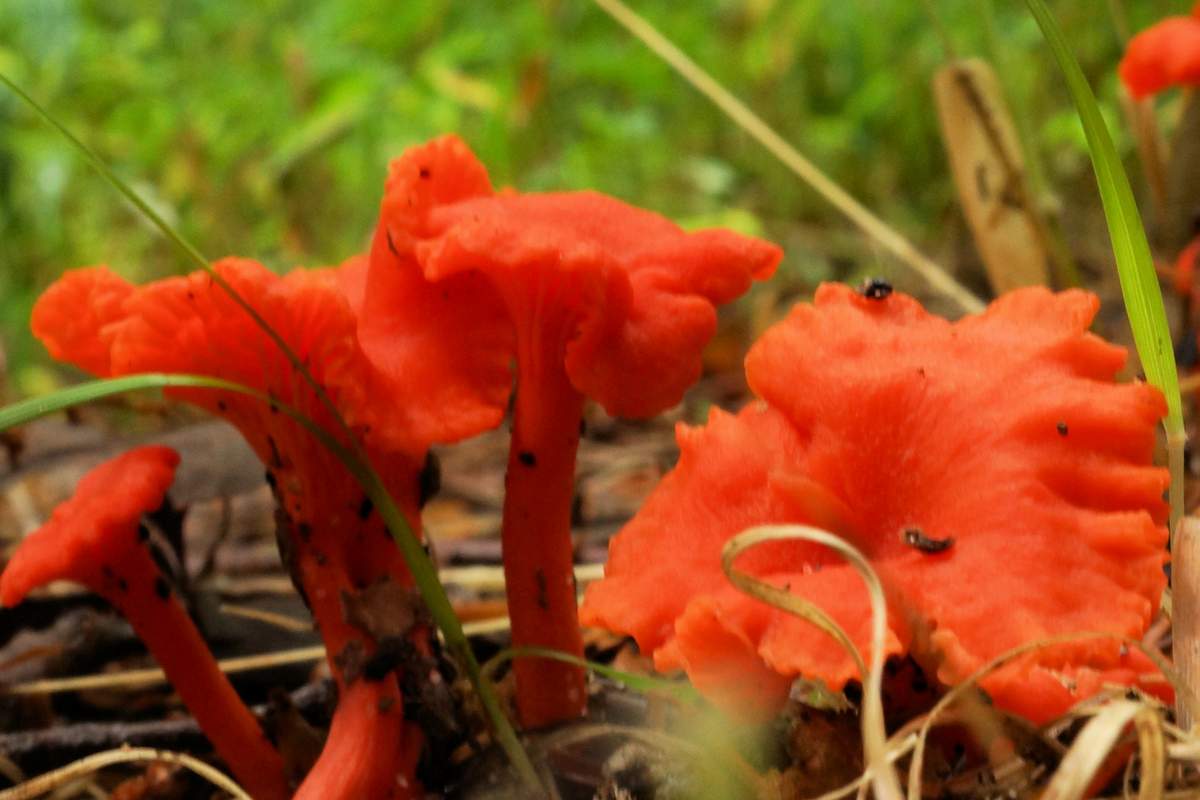
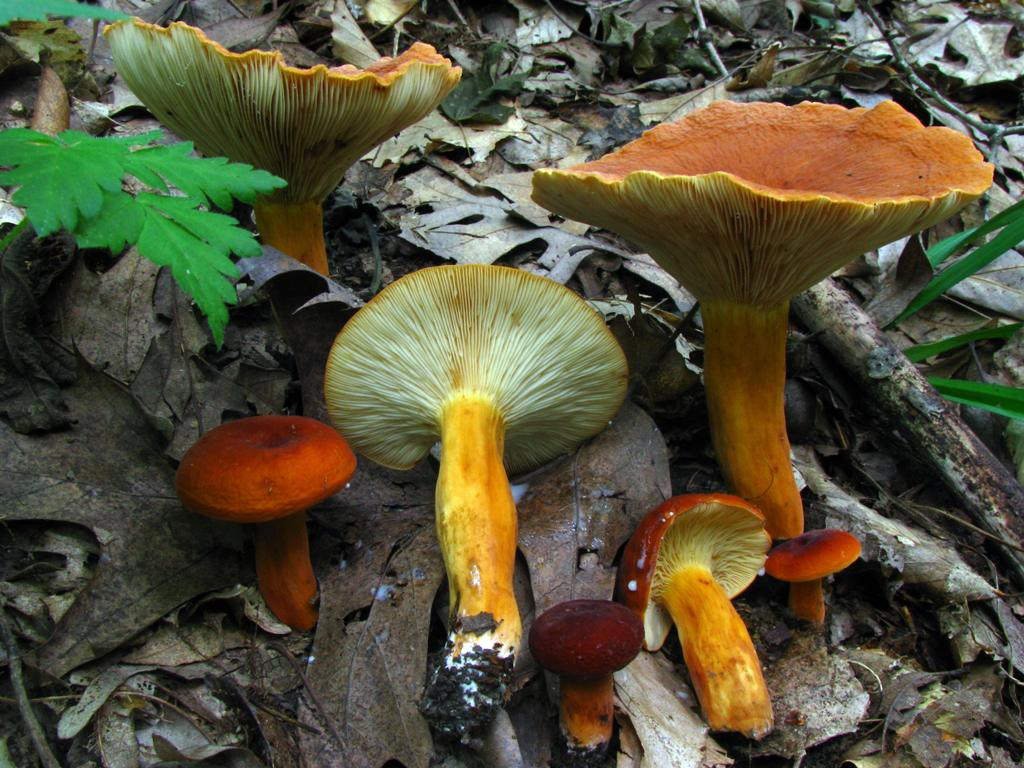
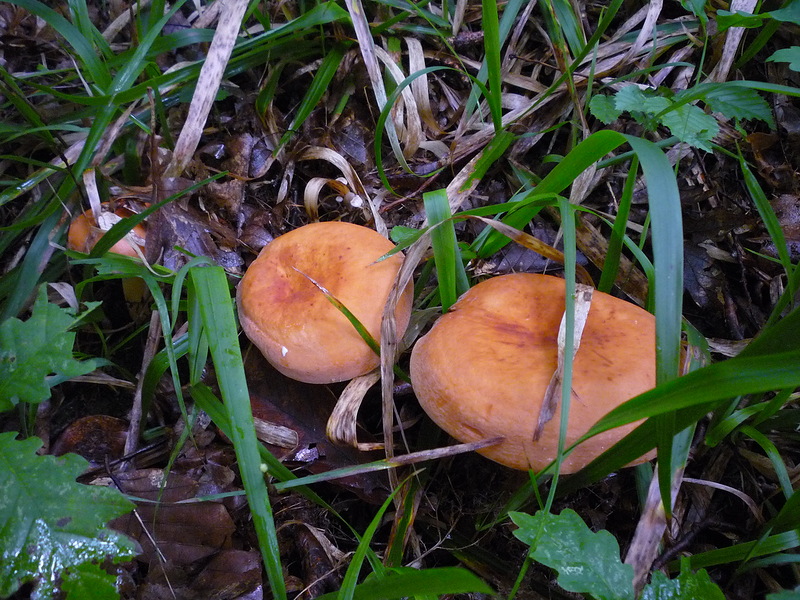
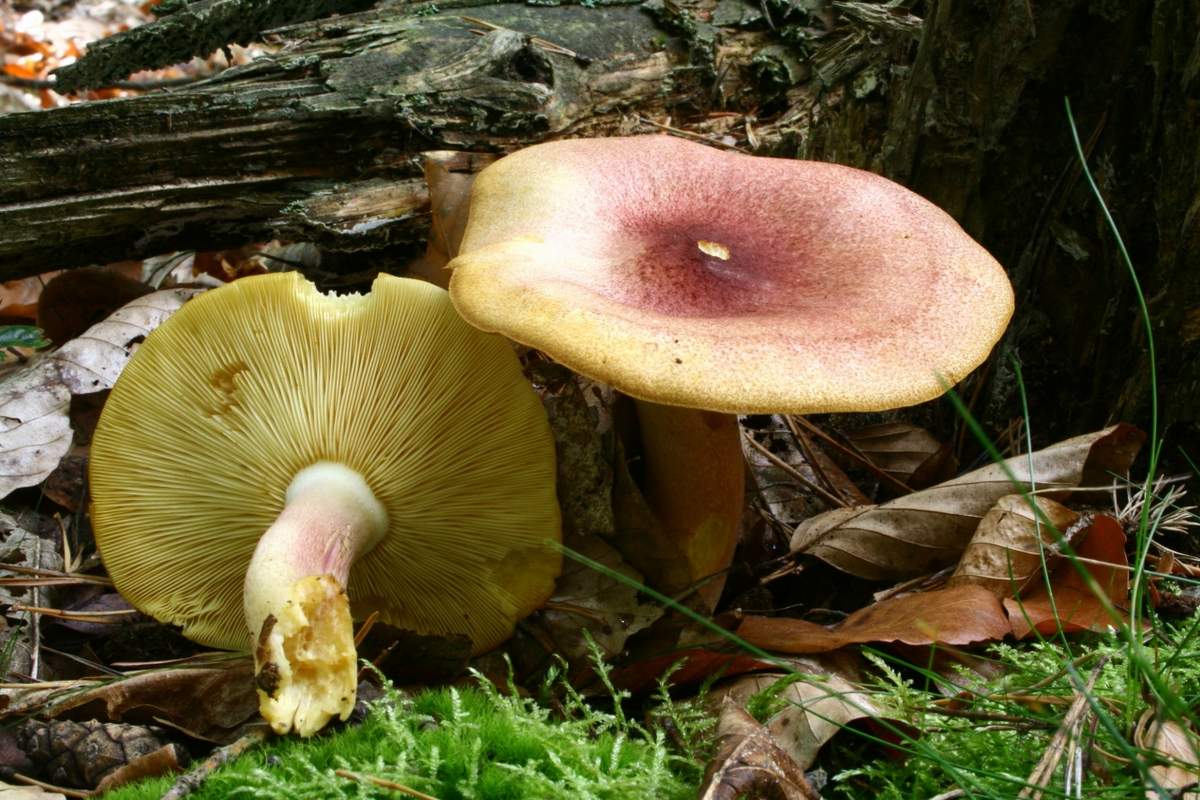
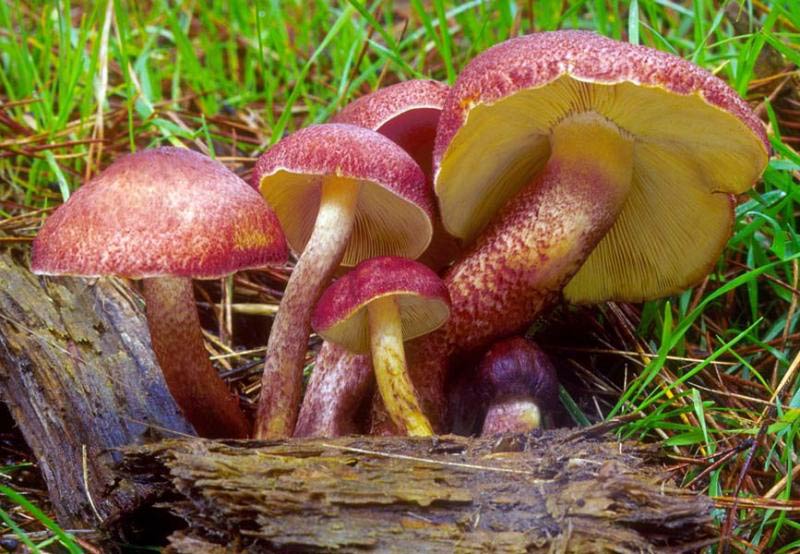

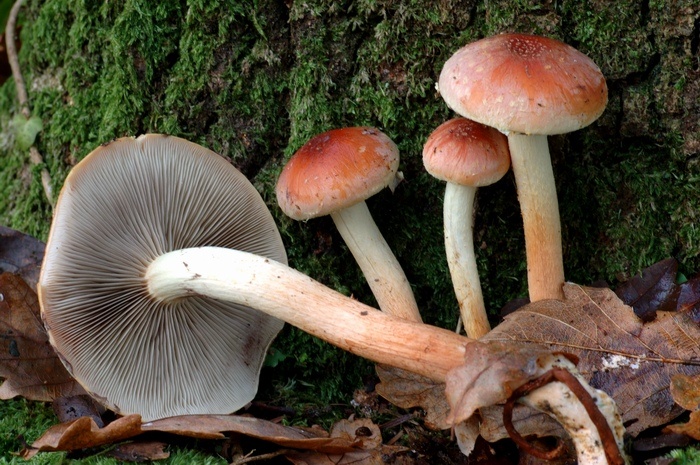
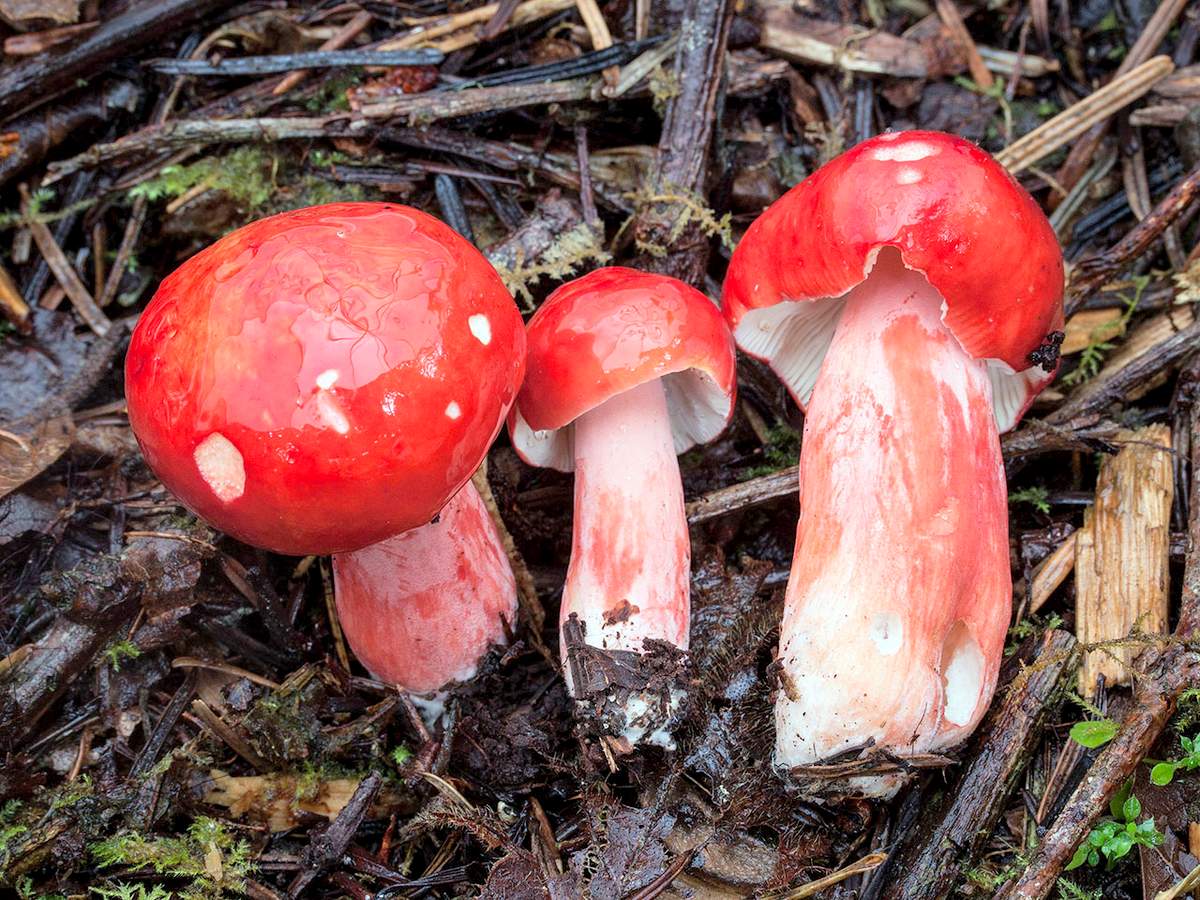
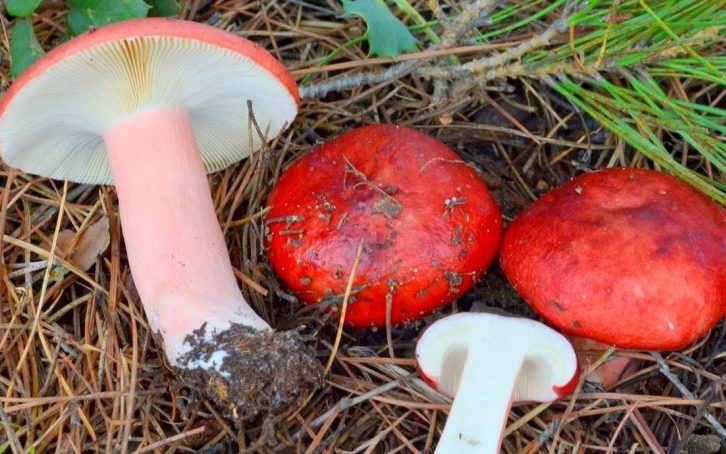
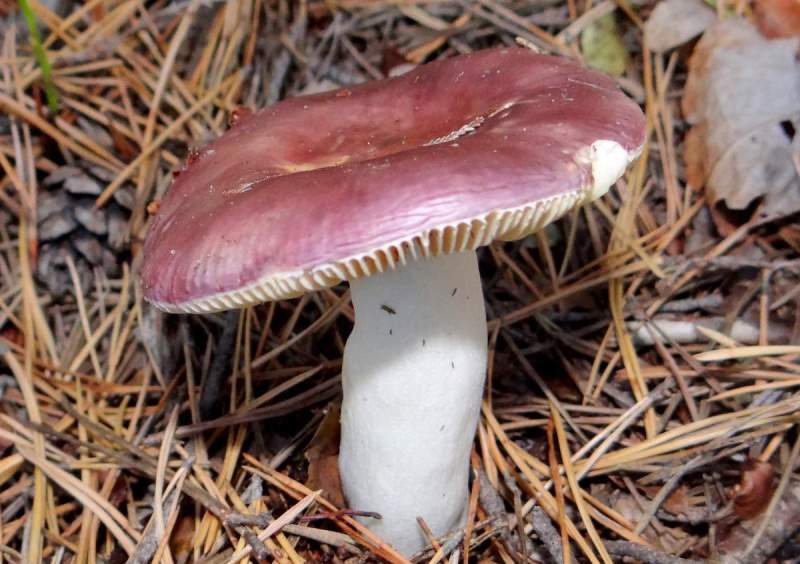
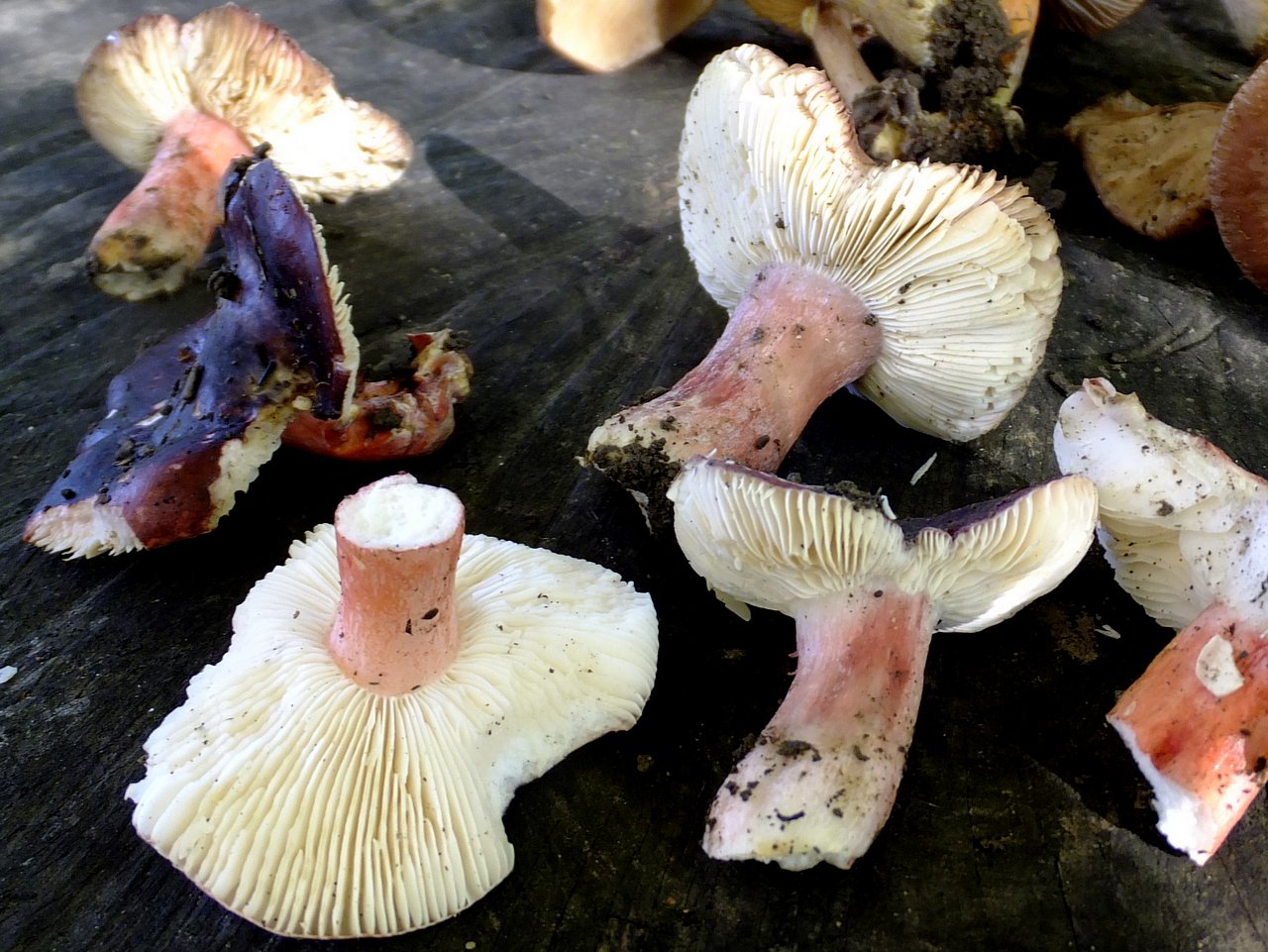
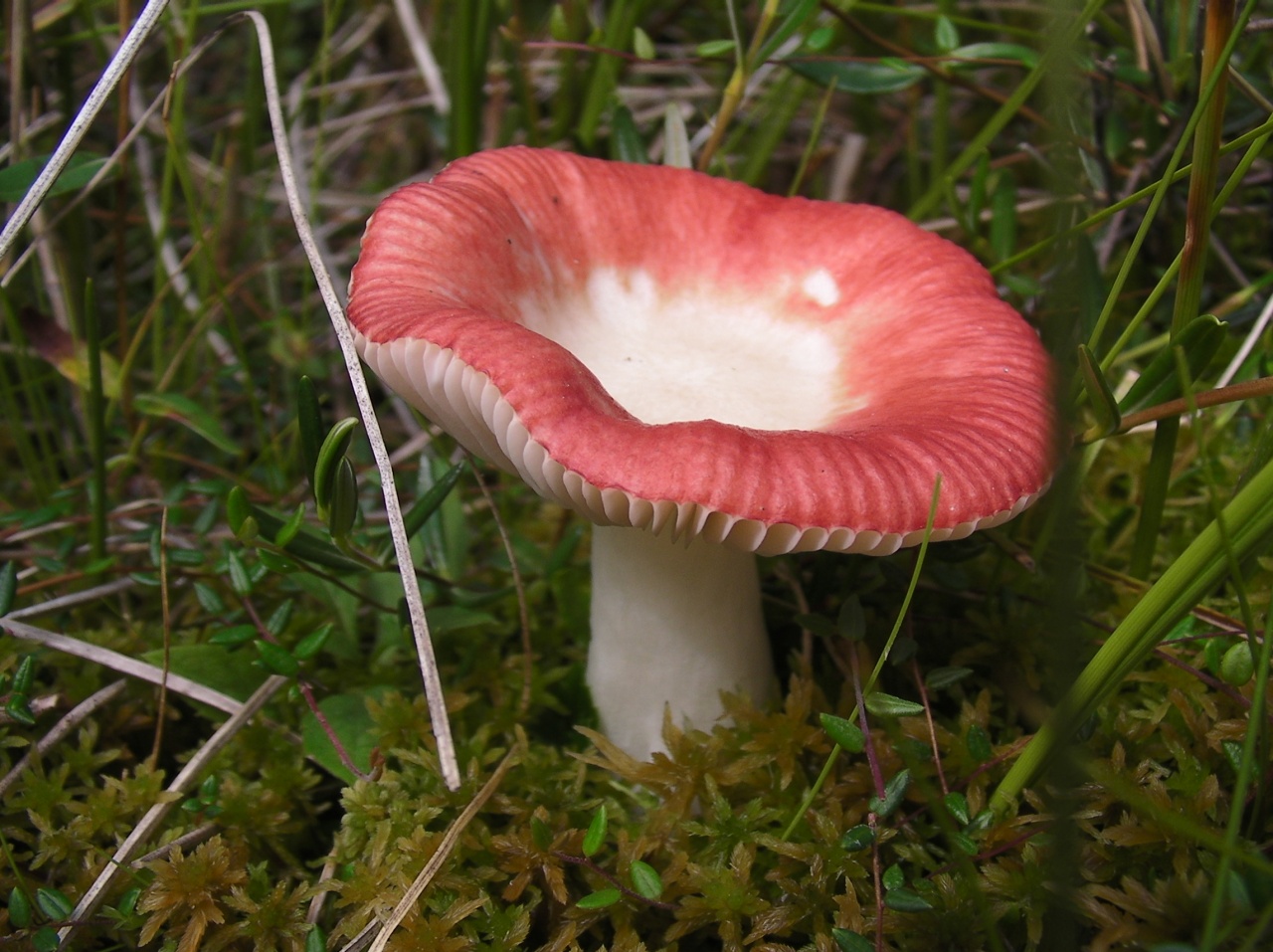
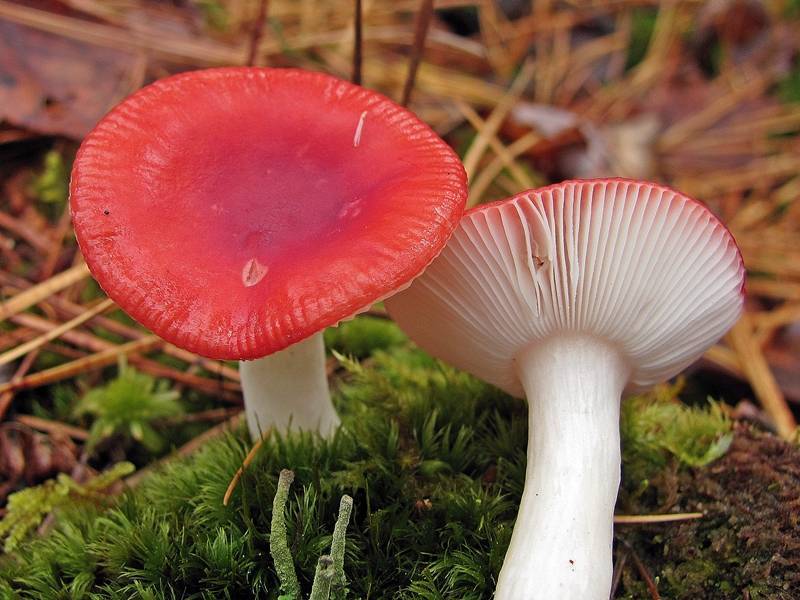
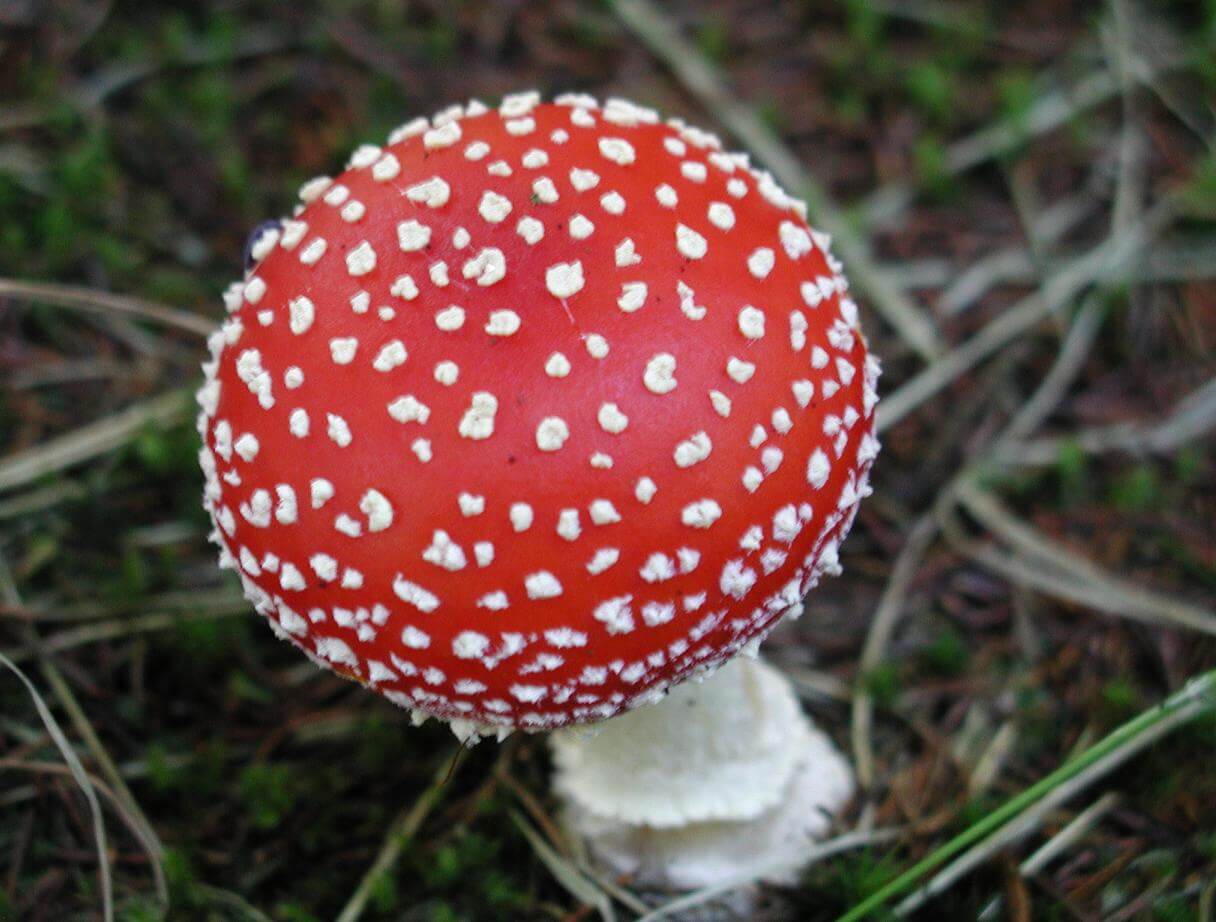
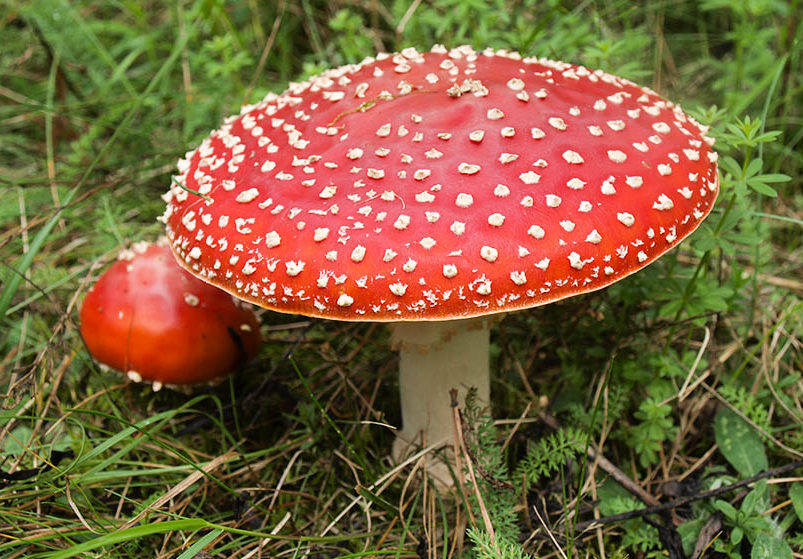



 Care and use of Kombucha at home (+22 photo)
Care and use of Kombucha at home (+22 photo) Edibility of the fungus of the motley umbrella and its description (+19 photo)
Edibility of the fungus of the motley umbrella and its description (+19 photo) Description of edible and inedible oils, their poisonous counterparts (+40 photos)
Description of edible and inedible oils, their poisonous counterparts (+40 photos) Useful properties of milk mushroom and its contraindications (+17 photos)
Useful properties of milk mushroom and its contraindications (+17 photos)
it is necessary to take mushrooms boletus boletus white
Alex1
He was on a business trip to the Vologda region. In the spruce forest above the needles were beautiful "saucers" of red-orange color. What was it? Collect, of course did not. The flight canteen was very well fed.
Leonid ..
the first picture is not oily! we call them pasture ... inedible ...
Quiet
The author is grief scribbler.
mushrooms can eat everything and some only once
M.N.
Reddish butterdish - typically larch mushroom, very rare in the middle lane. Is it not in the Red Book? By the way, in many places larch oleagins (and there are two more species plus polochnozovy boletinus) are considered grebes.